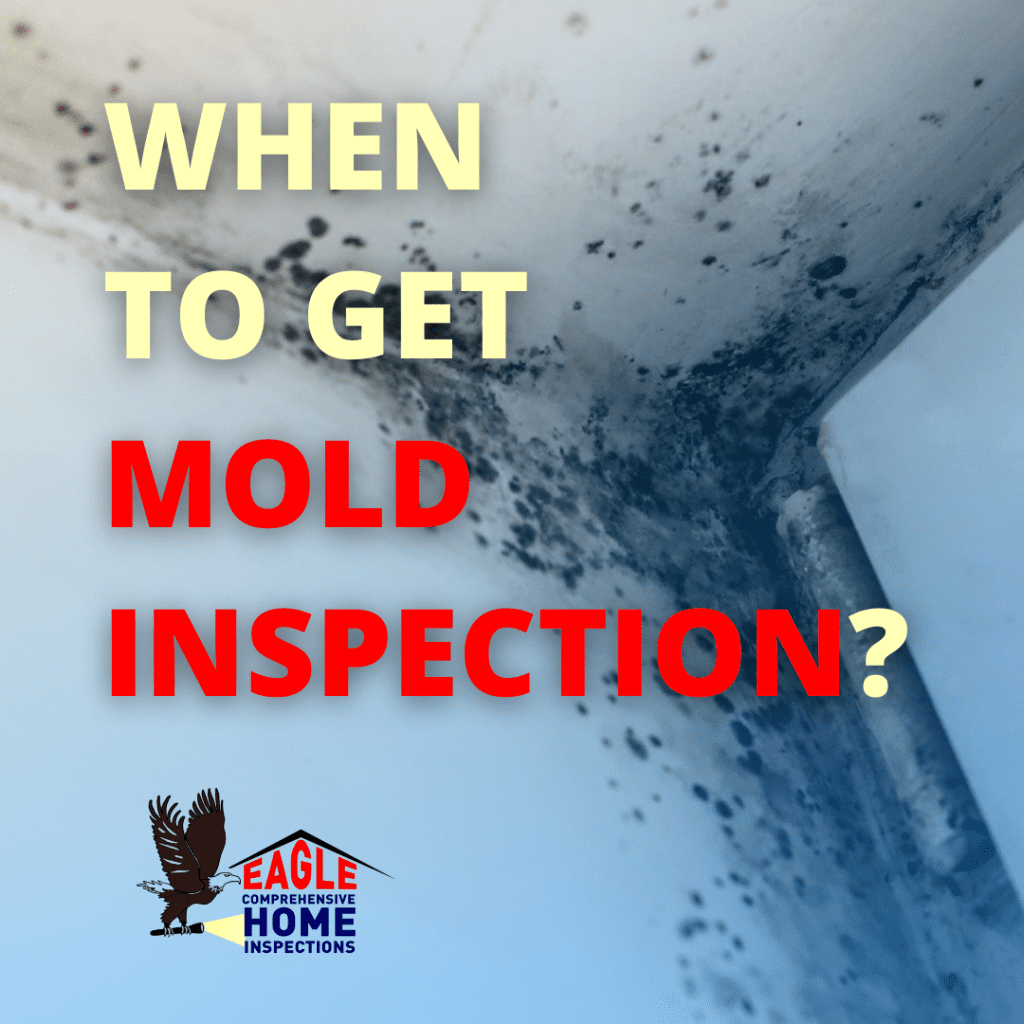A mold inspection is conducted differently than a conventional home inspection. How much does a house mold inspection cost? How can you tell if testing and inspection for mold are worthwhile?
You can need a mold check in a few distinct circumstances. But first, let’s examine whether a mold inspection is necessary, what mold testing entails, and how much it typically costs.
Defining Mold
Mold is a fungus, and all fungi prefer damp environments. Mold spreads through spores, tiny particles frequently smaller than a single cell. Spores float through the air and can be found inside and outside your home. Without an industrial clean room filtration system, it would be impossible to eradicate all mold spores from home.
Fortunately, mold only develops when mold spores touch a moist surface. This implies that you can prevent mold issues if you can keep the interior of your home dry. Cleaning up spills, repairing the roof, plumbing, and HVAC system leaks, and ensuring that your kitchen and bathroom are correctly venting moisture out of the house are the best ways to avoid mold growth in your home.
Mold affects the surface it grows on and may aggravate allergies or asthma; therefore, cleaning up and eradicating any mold in your home is essential.
When to Get a Mold Inspection?
If you can see it, mold is present in your home. It’s growing and dispersing spores. It can also develop in areas you cannot see, including ducts or spaces between walls. It may produce imperceptibly small colonies. A few circumstances should prompt you to check your home for mold issues.
- Water stains – You should check for mold if your basement flooded, your roof leaked, or a busted pipe splashed water all over the kitchen. Any area that became wet and did not dry out immediately (within 24 to 48 hours) could develop mold contamination.
- Buying a new house – It is impossible to determine what kind of water damage may have occurred in the home you intend to purchase. A mold examination is the only technique to determine whether mold is present.
- Following a period of empty housing -When a house is closed up and uninhabited for months or years, dampness may have accumulated within and led to mold growth. This is a particular issue in hotter regions with high humidity.
- Following mold remediation – Regular mold inspections are a good idea if you have already taken the often expensive and challenging steps to deal with a mold problem to ensure that you have completely eradicated it.
- Some mold is visible – Make sure you find all the mold in your home by conducting a mold inspection if you see any green, blue, black, or white growth. It might not be confined to a single area.
What Takes Place Throughout a Mold Inspection?
During a typical mold inspection, the inspector will speak with the property owner about any spots where they have noticed mold and any places where there have previously been moisture issues or water damage. The inspector will extensively investigate the home, particularly areas where mold is known to thrive. The inspector might need to destroy a piece of drywall or take down paneling to get a better look if there’s a potential that mold is developing in an inaccessible area. If mold is found, the inspector will work with the homeowner to create a remediation plan while also attempting to identify the source of the mold’s moisture.
Selecting a Competent Mold Inspector
Look for a contractor specializing in mold treatment with relevant experience and knowledge in this field. If a specific license or certification is needed for mold inspectors, check with your state’s labor or health departments. If so, it goes without saying that you should only hire duly licensed contractors.

